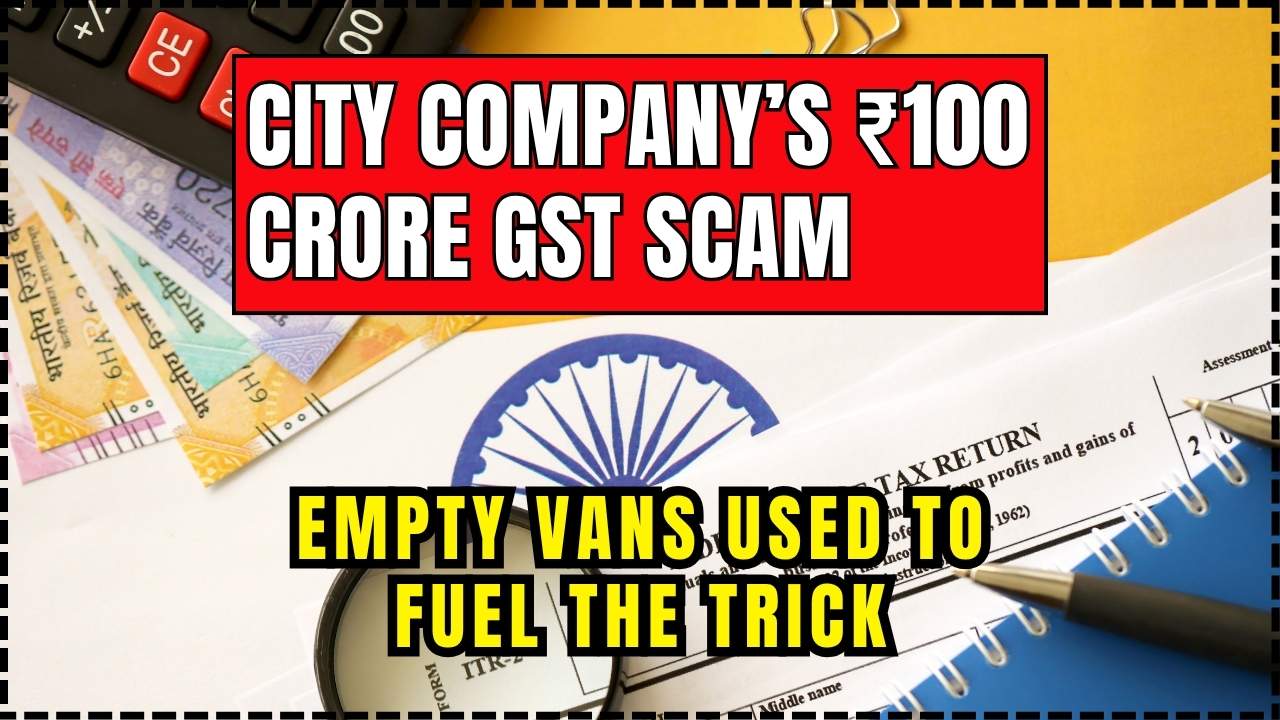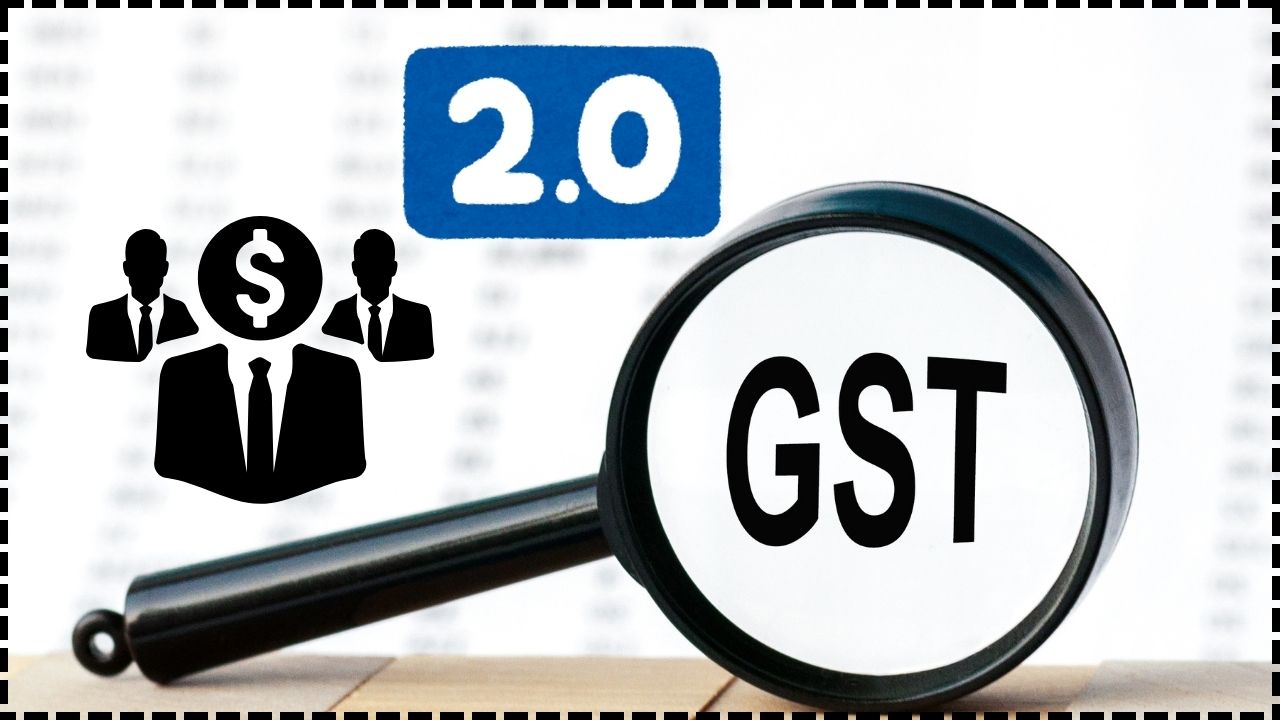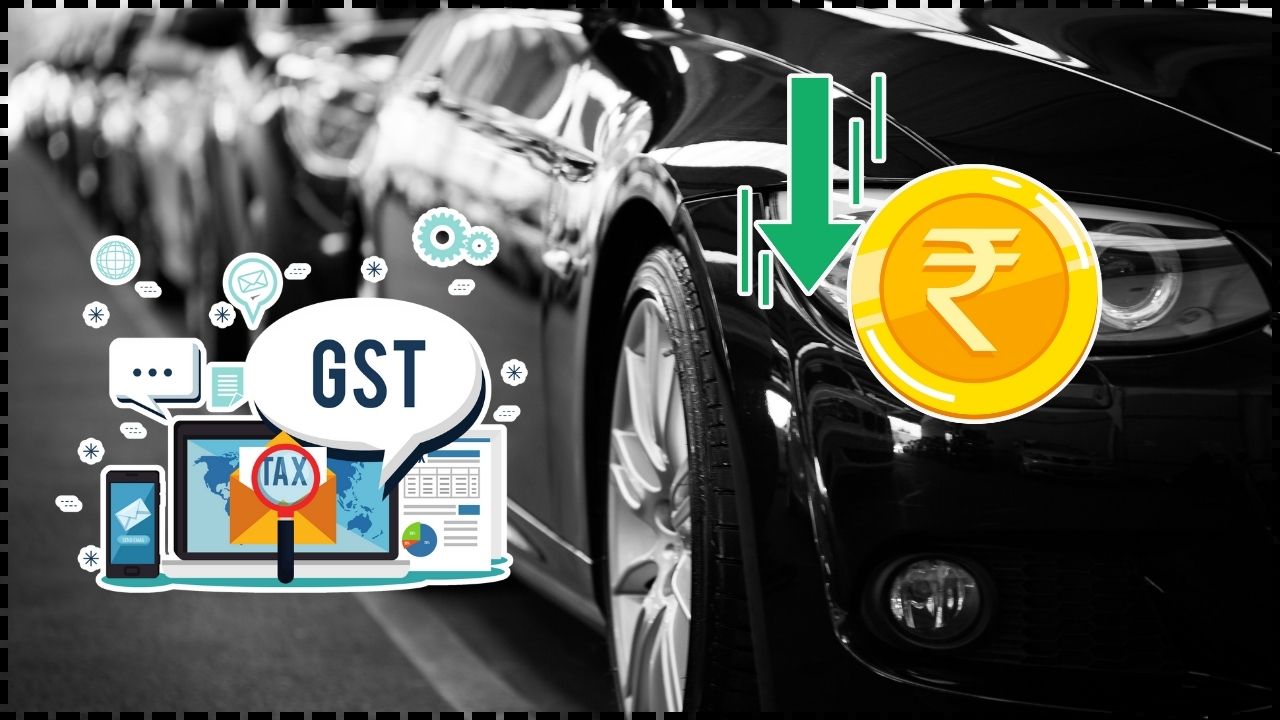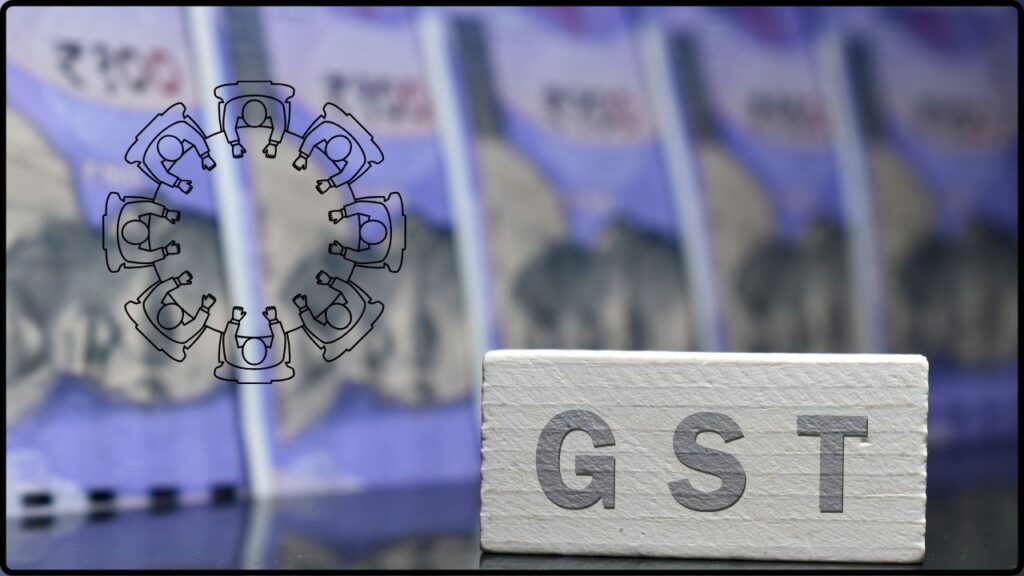
GST Council To Hold Two-Day Meeting From September 3: The GST Council to hold two-day meeting from September 3 is already making headlines across the country. This isn’t just another bureaucratic get-together—it could redefine how India’s tax system works for consumers, businesses, and state governments. At the heart of the discussions is a proposal to simplify India’s Goods and Services Tax (GST) regime, moving from a confusing four-tier structure to a more straightforward two-slab system. Add to that the possibility of removing GST on health and life insurance premiums, and you’ve got a recipe for reforms that may touch every household and enterprise.
GST Council To Hold Two-Day Meeting From September 3
The GST Council two-day meeting on September 3–4, 2025 could be a turning point for India’s taxation system. Simplifying the slabs, exempting insurance premiums from GST, and rolling out reforms before Diwali could ease burdens for consumers and businesses alike. The challenge lies in balancing state revenue needs with the push for simplicity. If the Council pulls it off, India’s tax regime could finally deliver on the promise of being simple, fair, and growth-friendly.
| Topic | Details |
|---|---|
| Dates | September 3–4, 2025 (New Delhi) |
| Main Agenda | Shift from 4-tier GST (5%, 12%, 18%, 28%) → 2 slabs (5% & 18%) + 40% sin tax |
| Insurance Relief | Proposal to exempt health & life insurance premiums from 18% GST |
| Revenue Concerns | States worried about losing revenue if rates are simplified |
| Implementation Timeline | Aim to roll out before Diwali (Oct 20, 2025) |
| Official Website | GST Council Official Website |
A Quick Refresher: What is GST and Why It Matters?
India introduced the Goods and Services Tax (GST) in July 2017. The idea was simple: replace a messy web of indirect taxes—like excise duty, VAT, service tax, octroi—with a single, unified system. This was marketed as “One Nation, One Tax.”
Before GST, a truck carrying goods often spent hours at state borders, paying multiple levies. Post-GST, logistics became smoother, tax compliance was digitized, and India’s ease of doing business ranking improved significantly.
But here’s the catch: the GST wasn’t truly simple. With four major slabs—5%, 12%, 18%, and 28%—plus multiple exemptions, businesses still struggled with classification disputes. Was a chocolate-coated biscuit taxed at 18% or 28%? Such gray areas kept tax courts busy and business owners frustrated.
That’s why the September 2025 meeting is critical: it could finally deliver the simplicity GST promised eight years ago.
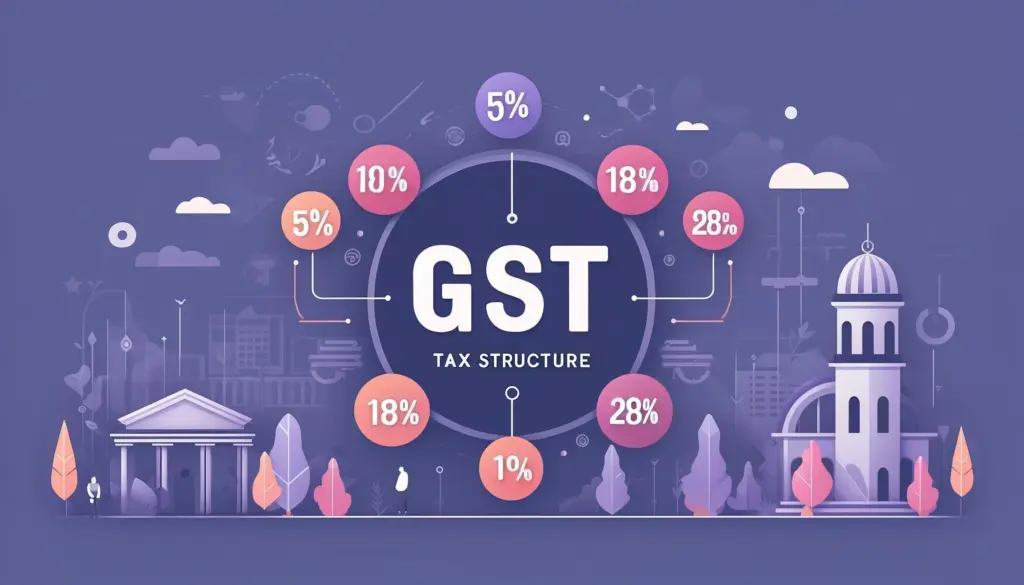
Breaking Down the GST Council To Hold Two-Day Meeting From September 3
Moving to a Two-Tier GST Structure
The Council is expected to decide on shifting to:
- 5% slab for essential goods like food staples and medicines.
- 18% slab for most goods and services.
- 40% sin tax for alcohol, tobacco, luxury cars, sugary drinks, and fast food.
Example: Right now, buying a washing machine attracts 28% GST. Under the new system, that could fall to 18%, making household appliances more affordable for middle-class families.
Relief for Insurance Policyholders
One of the most consumer-friendly proposals is removing the 18% GST on life and health insurance premiums.
According to Reuters, this could help millions of households. If your annual health policy premium is ₹30,000, you currently pay ₹5,400 in GST. Eliminating that tax makes insurance more affordable, especially at a time when healthcare costs are skyrocketing.
India’s insurance penetration is only 4.2% of GDP, compared to the global average of 7%. Lower costs could push more people to invest in financial protection.
State Revenue Concerns
Not everyone is cheering. State governments are worried that fewer tax slabs may shrink revenues. Earlier, they were guaranteed compensation for GST losses through a compensation cess, but that system is being phased out.
For example, high-value goods currently taxed at 28% may shift to 18%, cutting revenue for states that depend on these funds for infrastructure, salaries, and welfare programs. The upcoming meeting will likely involve tense negotiations between the central government and states on how to fill this gap.
Timeline: Why Diwali is the Deadline
The government wants to roll out the new tax structure before Diwali (October 20, 2025). Diwali isn’t just a festival; it’s India’s biggest shopping season, similar to Black Friday in the U.S. Rolling out reforms just before this retail boom could give the economy a strong festive push.
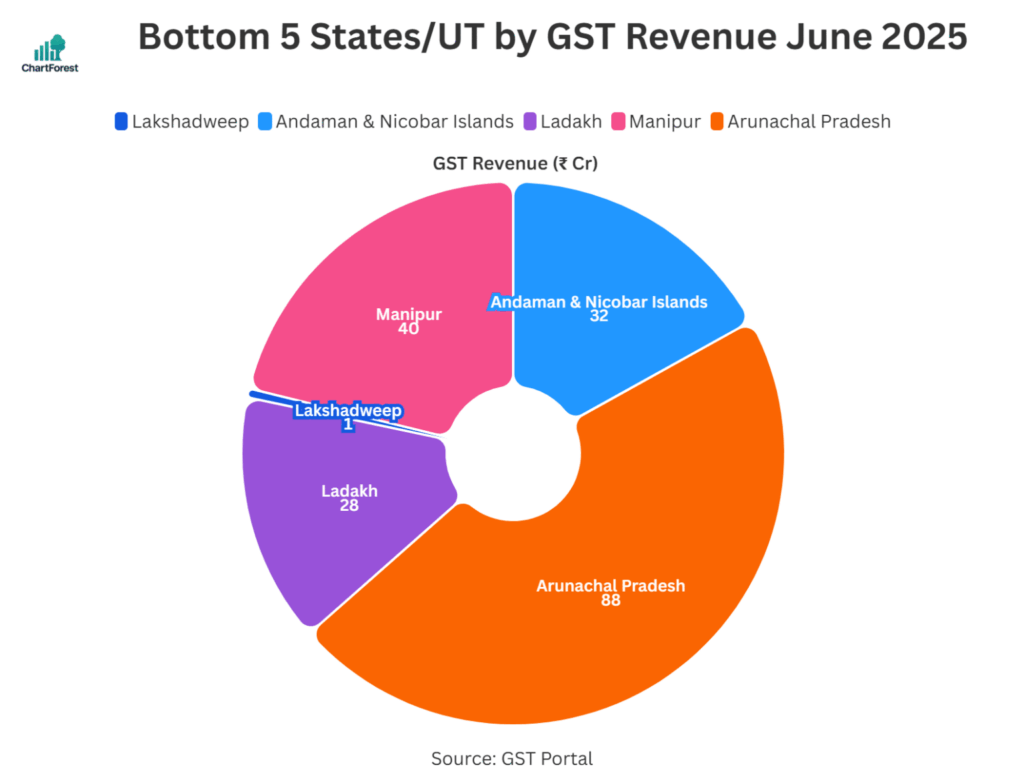
Global Comparisons – How Does India Stack Up?
- United States: Relies on sales tax, which varies by state and county. There’s no national GST, making the system decentralized but sometimes chaotic.
- European Union: Operates with Value Added Tax (VAT), typically ranging between 17% and 27%. It’s simpler than India’s current multi-slab GST.
- Australia: Runs a flat 10% GST, among the simplest systems worldwide.
India’s move toward a two-slab GST would bring it closer to global peers, improving competitiveness and making life easier for multinational businesses operating across borders.
Industry Impact – Winners and Losers
Winners:
- Consumers: Household electronics, cars, and mid-range restaurant meals may get cheaper.
- Insurance Policyholders: Removal of GST on premiums makes health and life insurance more affordable.
- Small Businesses & Startups: Fewer slabs mean simpler compliance and fewer classification disputes.
- Retail & E-commerce: Simplified taxes plus festive timing could drive record sales.
Losers:
- Tobacco, Alcohol, and Junk Food Industries: A 40% sin tax will make products more expensive and could reduce demand.
- States: Risk of revenue shortfalls unless new compensation measures are introduced.
Sector-Wise Impact Analysis
Electronics & Consumer Goods
With products shifting from 28% to 18%, electronics and appliances could see a 7–10% retail price drop. This might drive sales of TVs, refrigerators, and smartphones.
Hospitality & Dining
Restaurants currently face confusion between 5%, 12%, and 18% slabs. A flat 18% will make billing straightforward. Fine dining may remain unaffected, but junk food chains could see higher costs due to the sin tax.
Insurance & Financial Services
The removal of GST on premiums may not only help consumers but also boost business for insurers, banks, and financial planners. It could increase insurance penetration and expand India’s financial safety net.
Real Estate & Construction
While not directly addressed, GST simplification could improve compliance for developers and reduce disputes over input tax credits.
India’s GST in Numbers
- Average monthly GST collection in 2025: ₹1.6–1.7 lakh crore ($20 billion).
- Over 65% of items currently fall under the 18% slab.
- GST contributes around 30% of India’s tax revenue.
- Compliance has improved: India now files over 1.5 crore monthly GST returns digitally.
Professional & Career Implications
For finance professionals, accountants, and policy experts, these changes could mean:
- Simpler compliance filings for clients.
- More advisory work on pricing, margins, and strategy.
- Case study material for students and professionals preparing for exams in commerce, economics, and public policy.
The shift could reshape the careers of thousands of tax consultants, who may now spend less time on classification disputes and more on strategic advisory services.
What You Should Do Now
For consumers:
- Hold off on buying expensive items until after reforms roll out.
- Review health and life insurance policies—premiums could drop significantly.
- Track price changes in the festive season.
For businesses:
- Update billing and accounting software to reflect new GST rates.
- Recalculate margins and reprice goods accordingly.
- Stay connected to CBIC and GST Council updates for compliance.
GST Council Considers Amnesty That Could Save Small Businesses Lakhs in Penalties
Tracking GST on Foreign OIDAR Services? Supreme Court Says “Let the Council Decide”
12% & 28% GST Slabs Axe Approved – Will Consumers and Businesses Finally Benefit?

